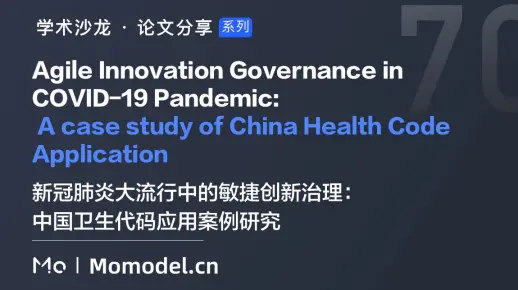Agile governance principles have been largely stressed in the context of applying technological innovations against the COVID-19 Pandemic. Even though technological innovations like Digital Contact-Tracing (DCT) have been widely applied throughout the world, knowledge of patterns and mechanisms of agile innovation governance (AIG) is limited and has been urgently called by the government, media and academia (Cebrian,2021). Drawing on this gap, our paper applies a near real-time, multistep approach comprising mixed methods, including Natural Language Processing (NLP) machine learning, statistical regression and novel network structure analysis to the observed dynamics to explore, examine and explain in-depth the dynamics of policy interventions of AIG in the context of public crisis. Based on the evidence from 113,264 Weibo posts, we portray 2 AIG paths and 3 policy interventions of DCT in China, the Health Code, and reveal that the effectiveness of different policy interventions and interaction patterns among stakeholders vary significantly in different AIG paths. In addition, based on structural hole theory, media and opinion leaders act as crucial mediators to bridge the intervention conductors and the public. However, their influence presents heterogeneity in different AIG paths, thus leading to distinct spreading patterns, and eventually resulting in altering the effectiveness of policy interventions.













评论 (0)